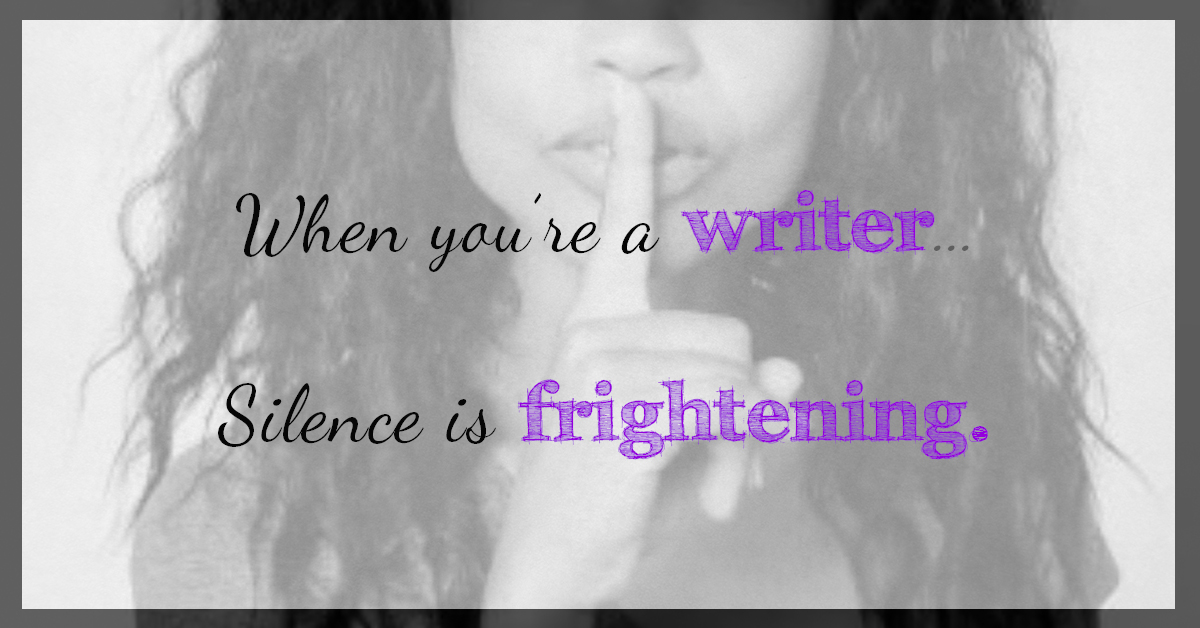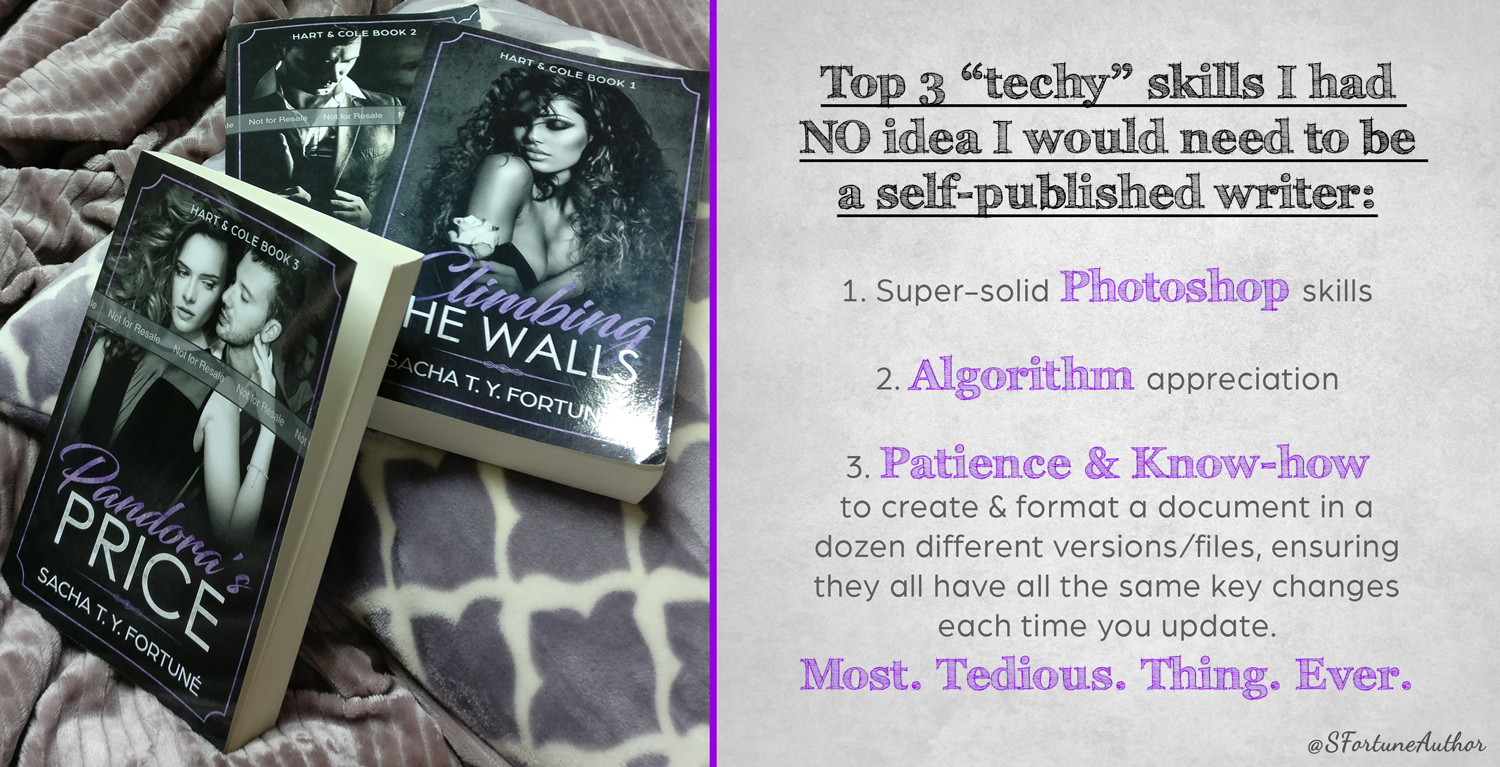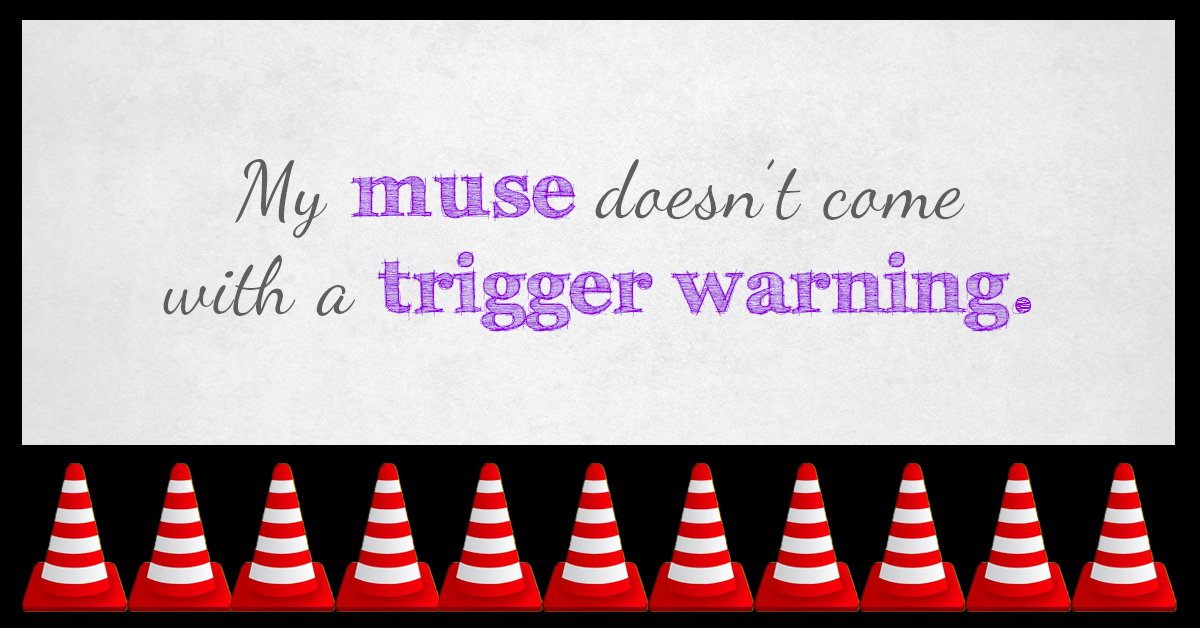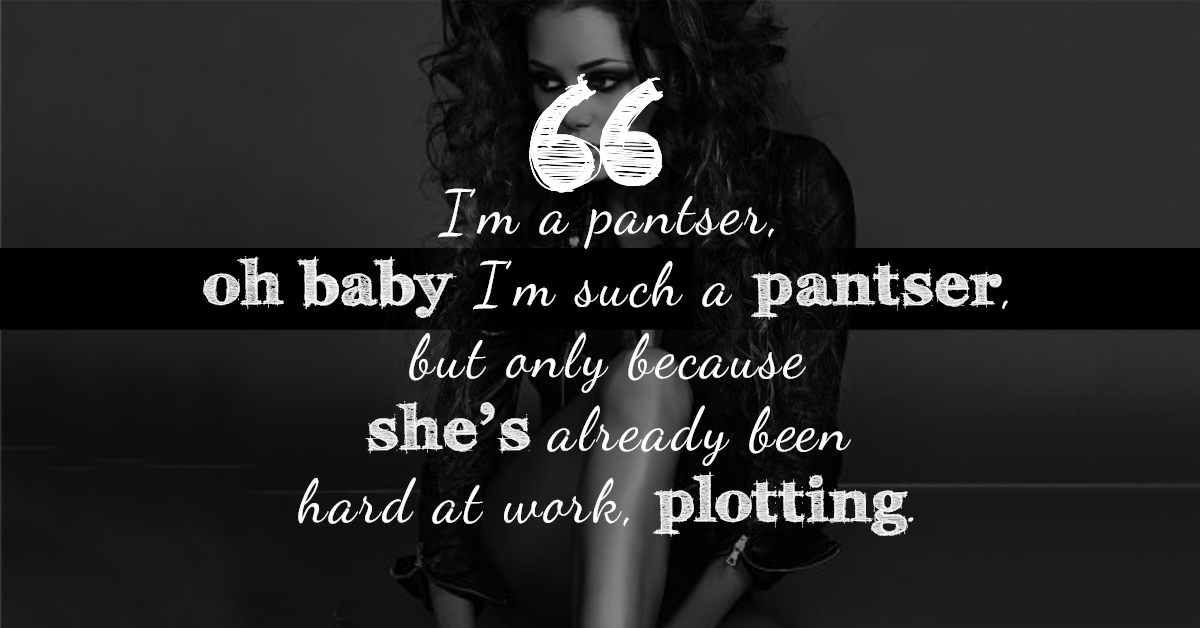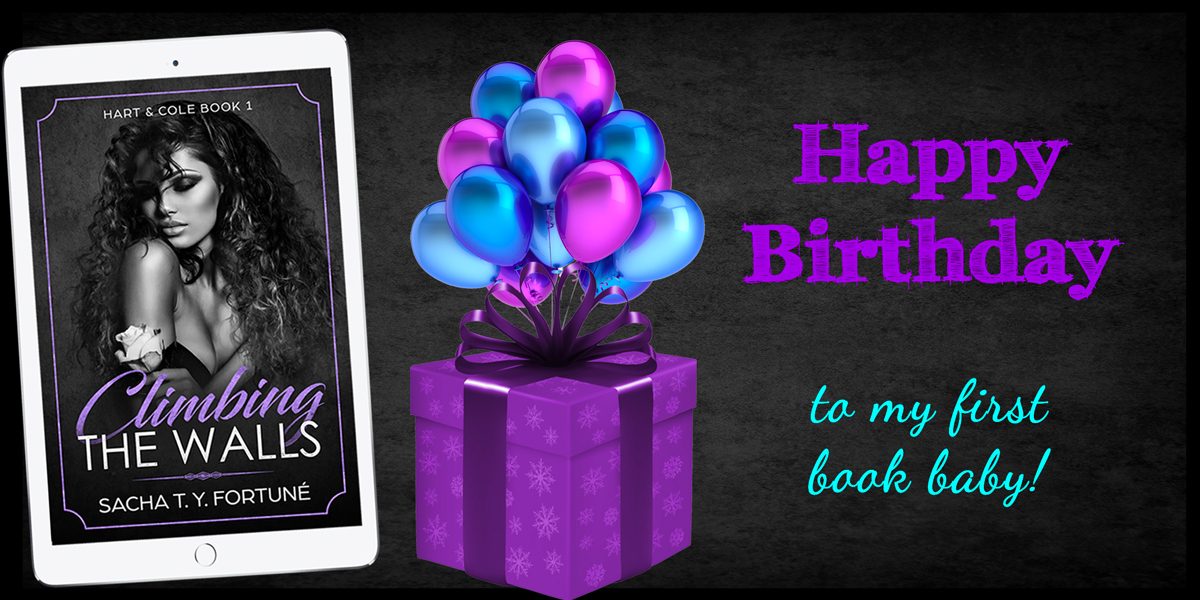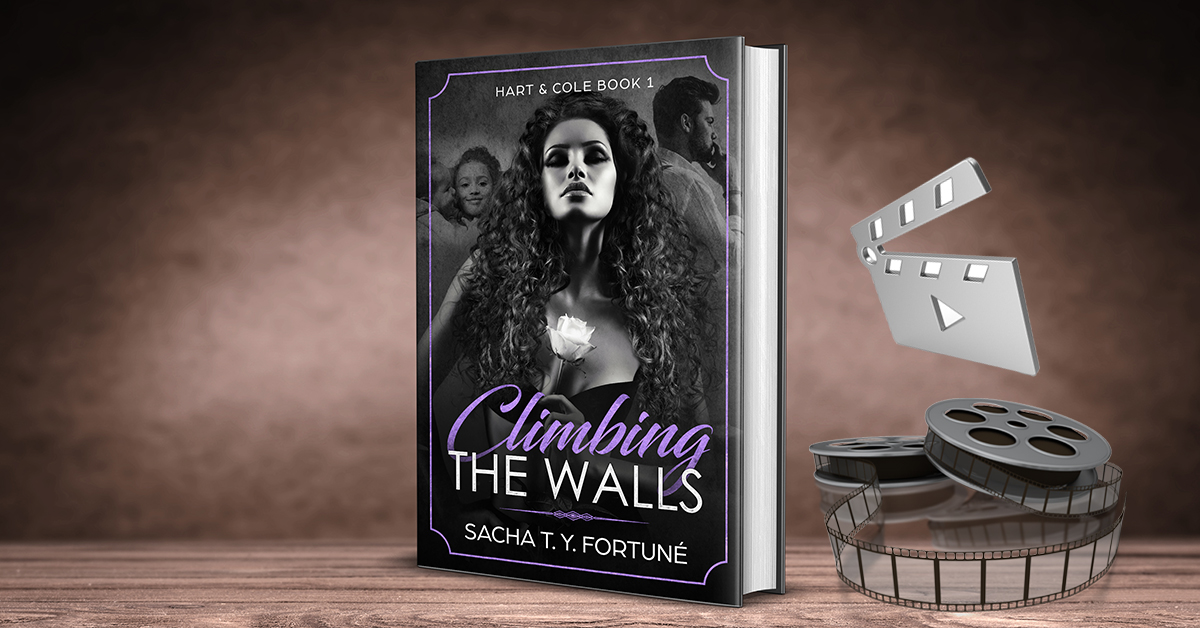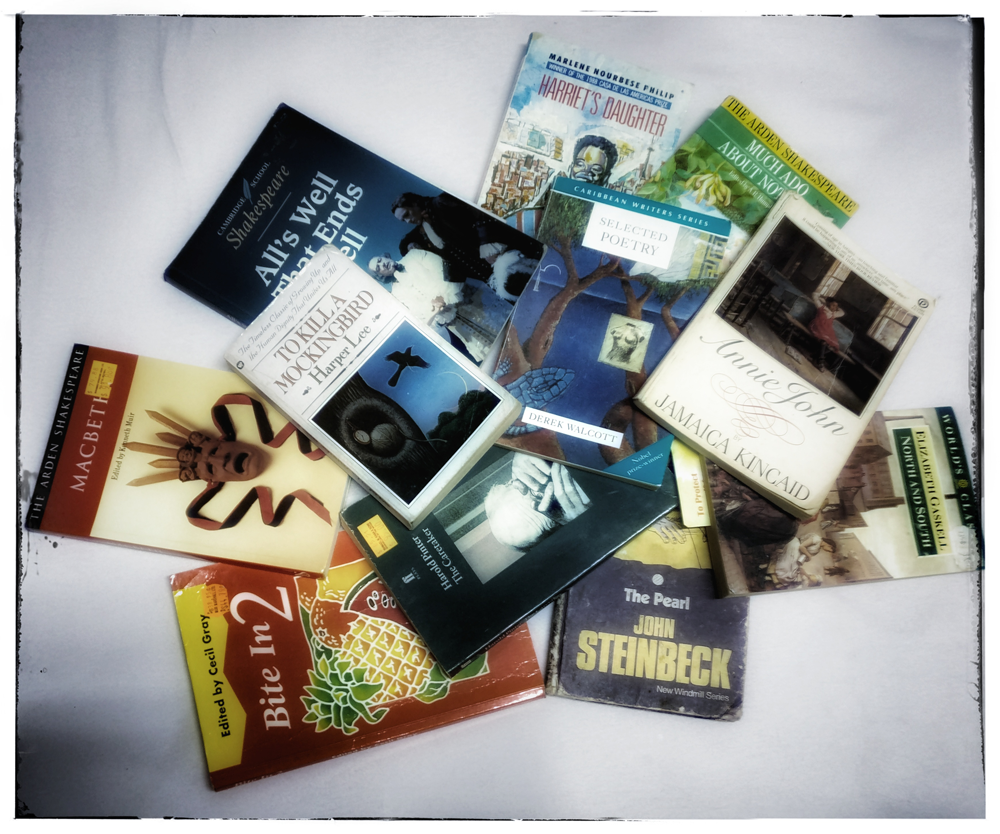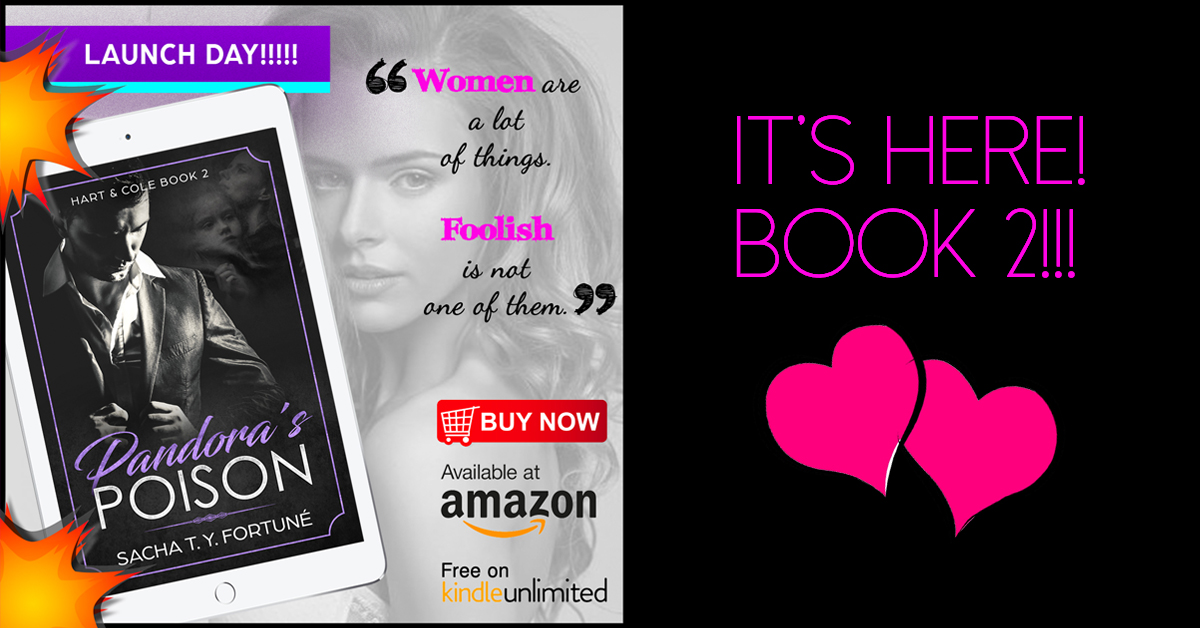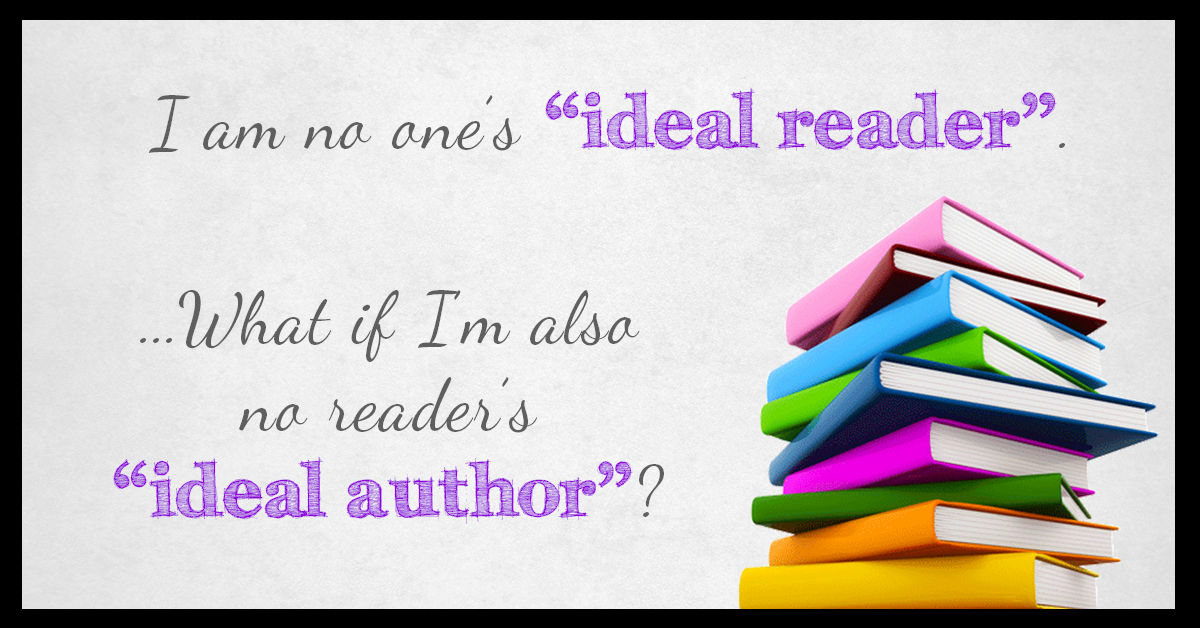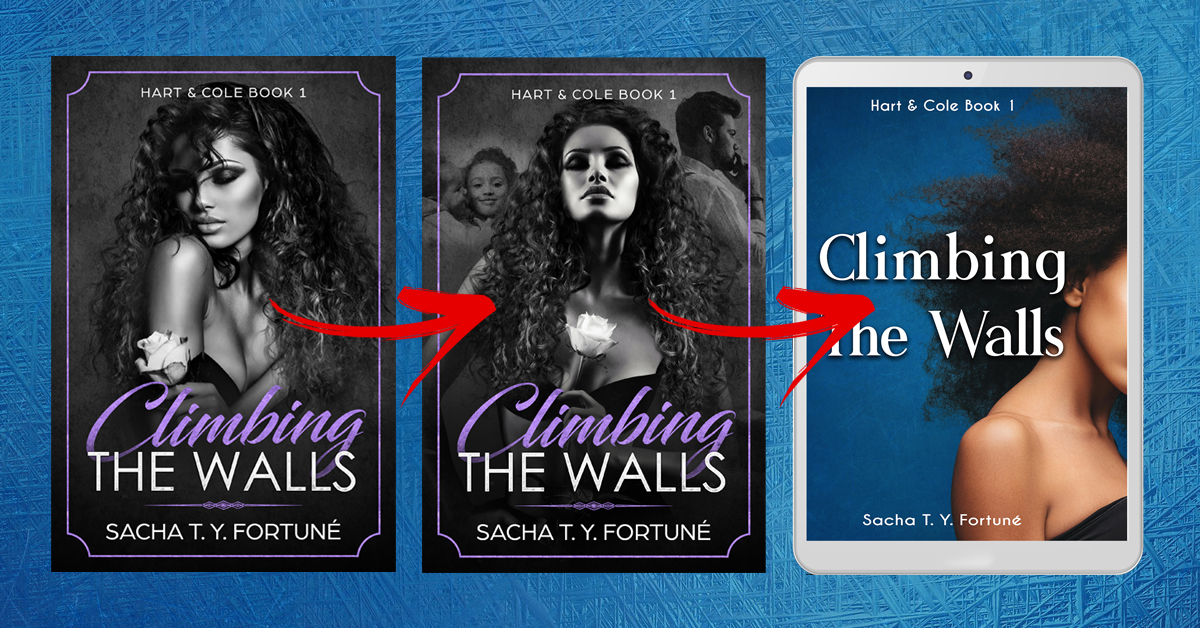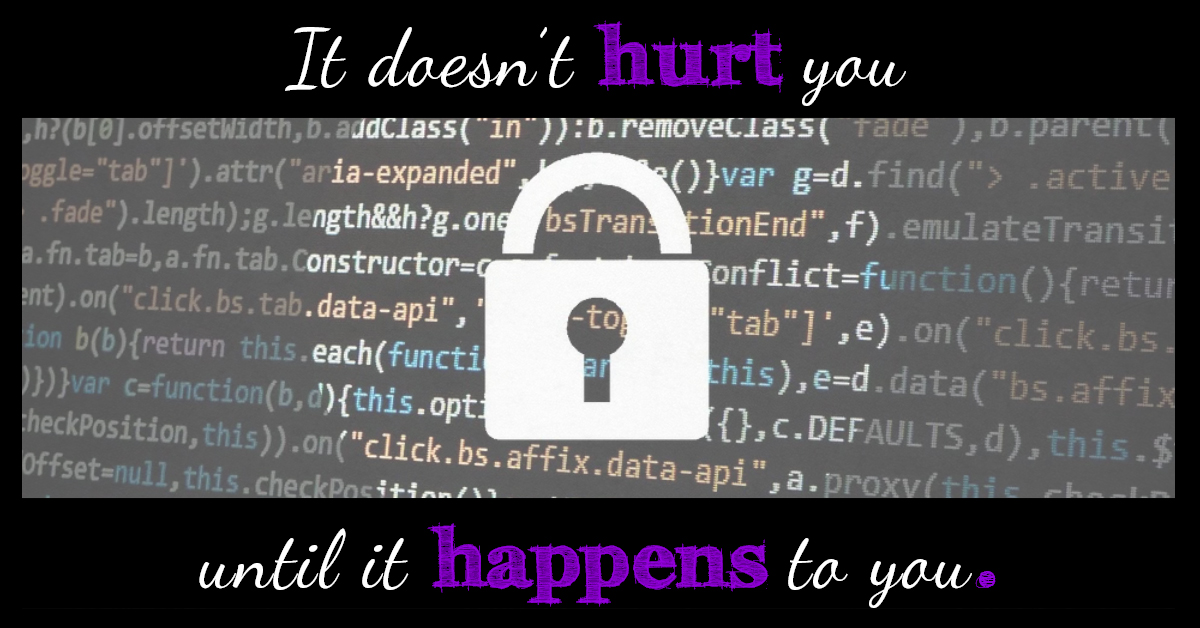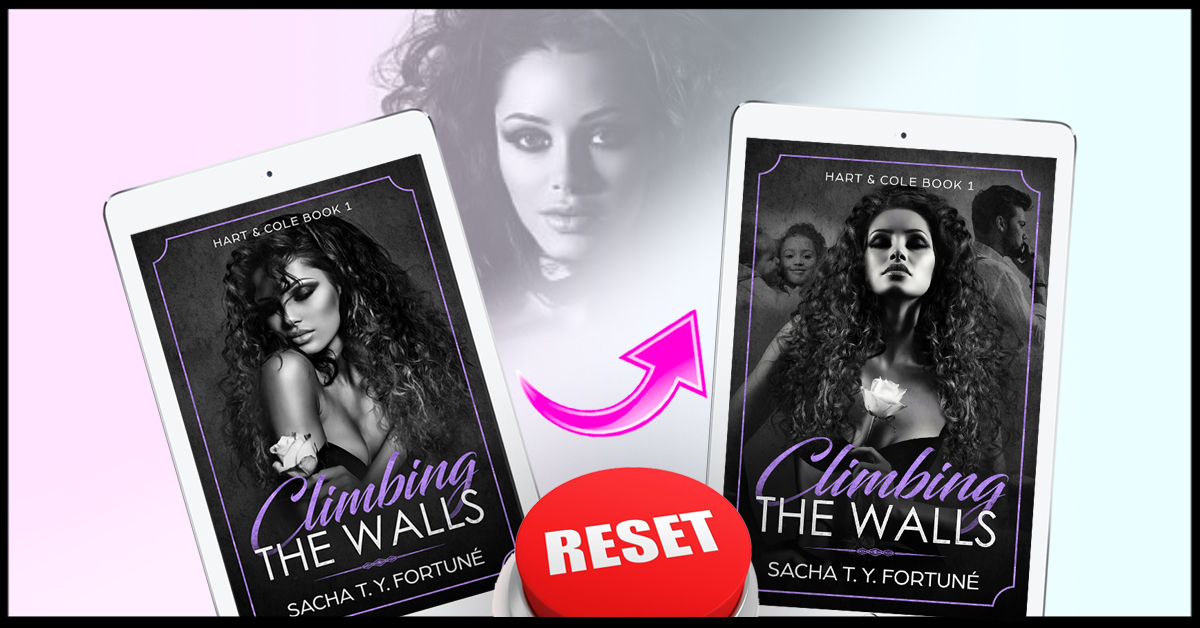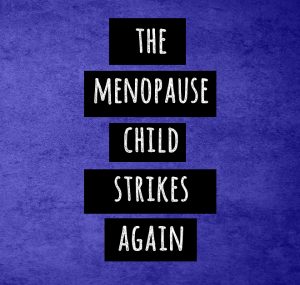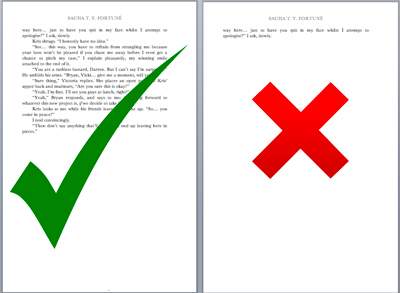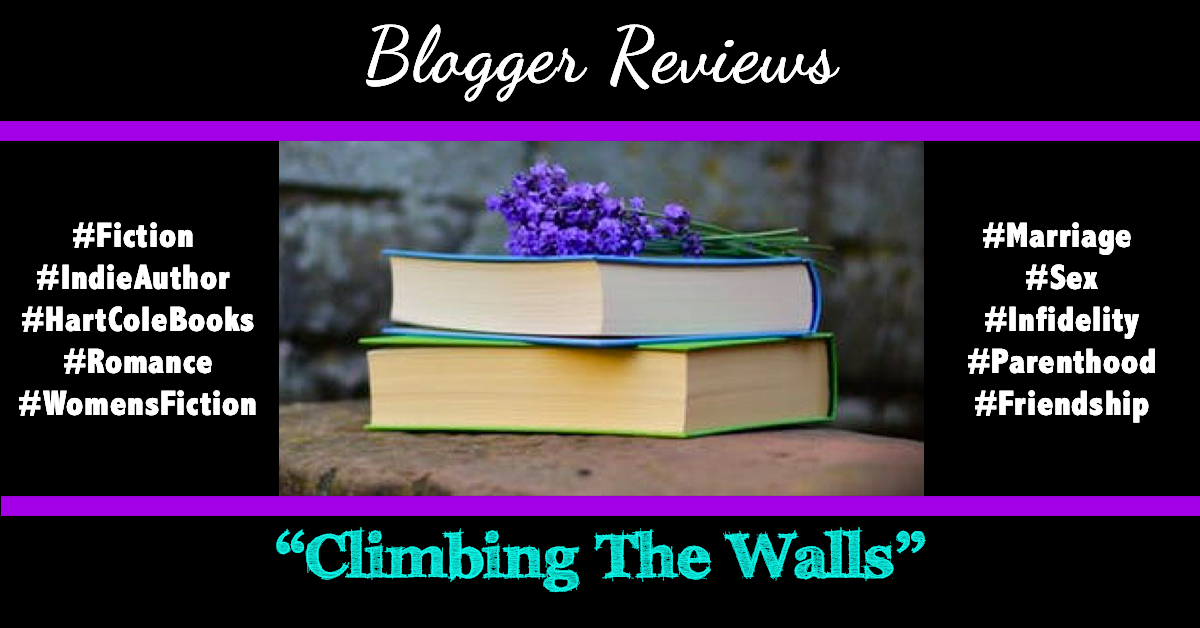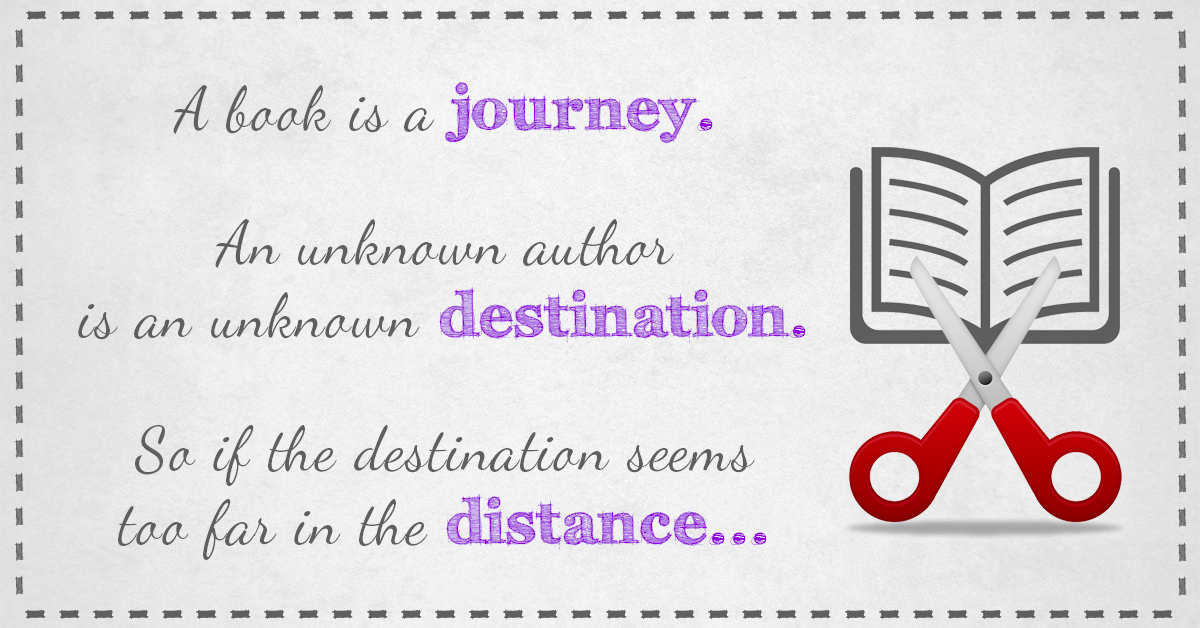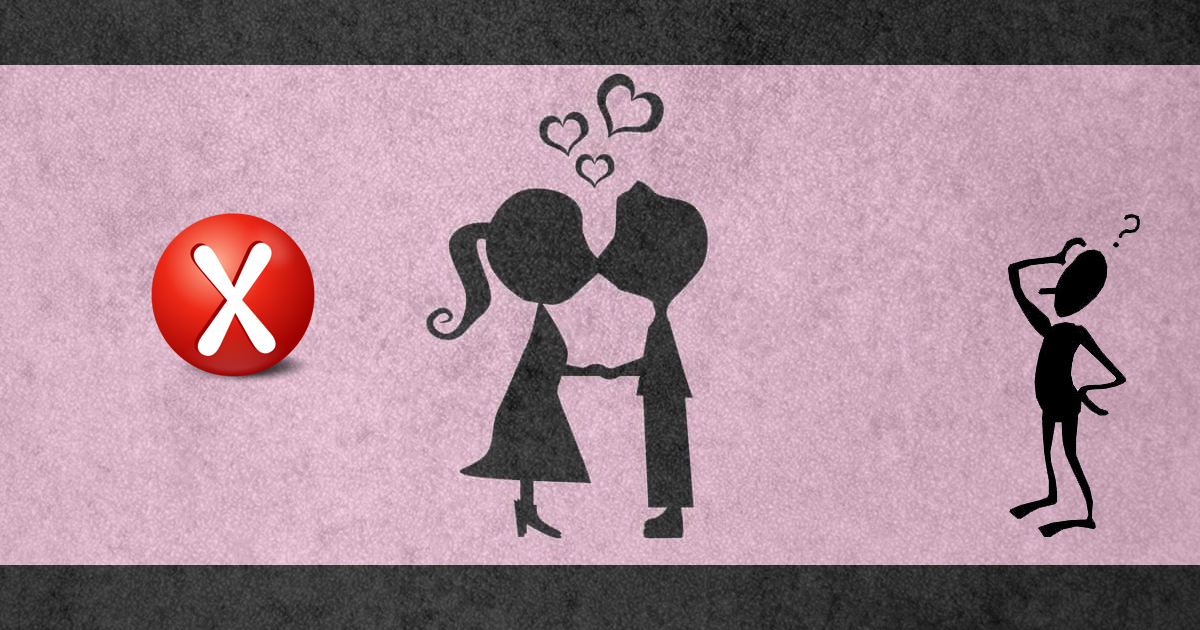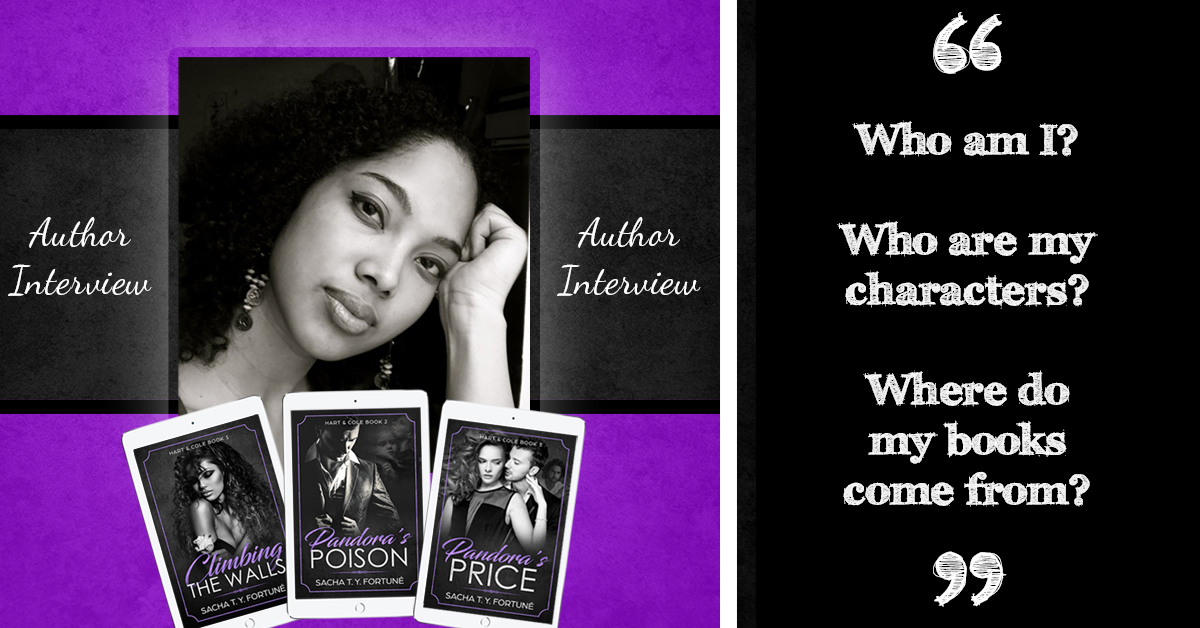Fear, Noise & the Apocalyptic Now
Sooooo it’s been really quiet here lately.
I made a baby. Then, the world imploded.
Of course, that’s not exactly how it happened — or rather, it is, but it’s not a cause-and-effect type of sentence but just a factual one.
It’s been a whole lot of crazy in my head, and I’ve abandoned social media for the most part of the last few months. Well, the last year or so, if we’re being brutally honest — save for a few posts scattered here and there.
I’ve never been the overly outgoing type, but pregnancy and the early trenches of motherhood drove me into a deep funk of silence. Then, just when I was ready to emerge… coronavirus knocked me back into my hole.
Now, to be fair, no time is a good time for a pandemic, but still… yowza!
Nowadays is already history
I never thought I would live through a moment in history like I am now. I’ve always been aware of critical global events with a kind of fascinated detachment:
Interested enough, affected somehow, but not viscerally touched.
While I’ve been largely privileged to not have this pandemic devastate my entire world, there were some harsh realities that it brought into focus as it mercilessly touched others around me and altered the course of my life plans for the short-term and long-term.
So that’s the real world, and then there’s the fantasy world of my books.
Being a writer can sometimes be a wonderful way to escape reality and live in “book world” with your characters, getting away from it all as you occupy your mind with the innermost needs of the nonexistent.
And, here’s the problem: I haven’t been writing.
Hello Silence, my old friend
Part of it is that as a new mom, I’ve been struggling to get time to do the basic human tasks like eating, sleeping, and showering (exercising is a bonus!) and then to combine it all with working from home with a baby.
But the even bigger part of is, if I’m being brutally honest with myself, is that I’m afraid to write.
When the world is spinning crazily on its axis into God alone knows, and the future looks scary at best, I don’t trust the noise in my head to be productive.
Instead, I add to it even more noise — engaging in endless discourse and speculation with anyone who will listen, and staying up late interminably scrolling through Facebook, halfway teetering to news-heavy threads to stay informed and then careening into the peak of silliness with the black hole that is memes, viral videos and animal gifs.
…Gotta keep that noggin busy, so it doesn’t focus on the financial instability of my little family, the crushing fears of the future — not to mention the ever-present, incessant paranoia of doing everything wrong as a new mama.
Writing the noise away…
It’s not a comfortable head space to be in. No one’s is, these days, I’m sure. I’m privy to the problems of friends around the world with whom I check in, as the days crawl by — everything from sudden joblessness, home-schooling horrors, high-risk paranoia, lockdown discomfort and boredom, and general unease.
I know I’m fortunate, I know the entire world is suffering and most of them are far worse off than me. It doesn’t stop the noise in my own head, though.
Usually, writing helps clear that noise — but getting to that space where I’m comfortable enough to write again seems insurmountable, at times.
Writing can break your spirit. Certainly, the post-writing process is agonising at best. I’ve been largely distant from it lately, and every so often I check in and I’m surprised to see that little bump of page reads or sales: the waxing and waning of that yellow bar of validity.
It’s heartening to know my books are out there, and devastating to worry if I will ever finish any more books. My characters’ stories aren’t finished. I owe them so much, and I’ve failed them.
But writing has saved me before, and I have faith it will again.
I just have to hang in there and wait for its magic to find me.
